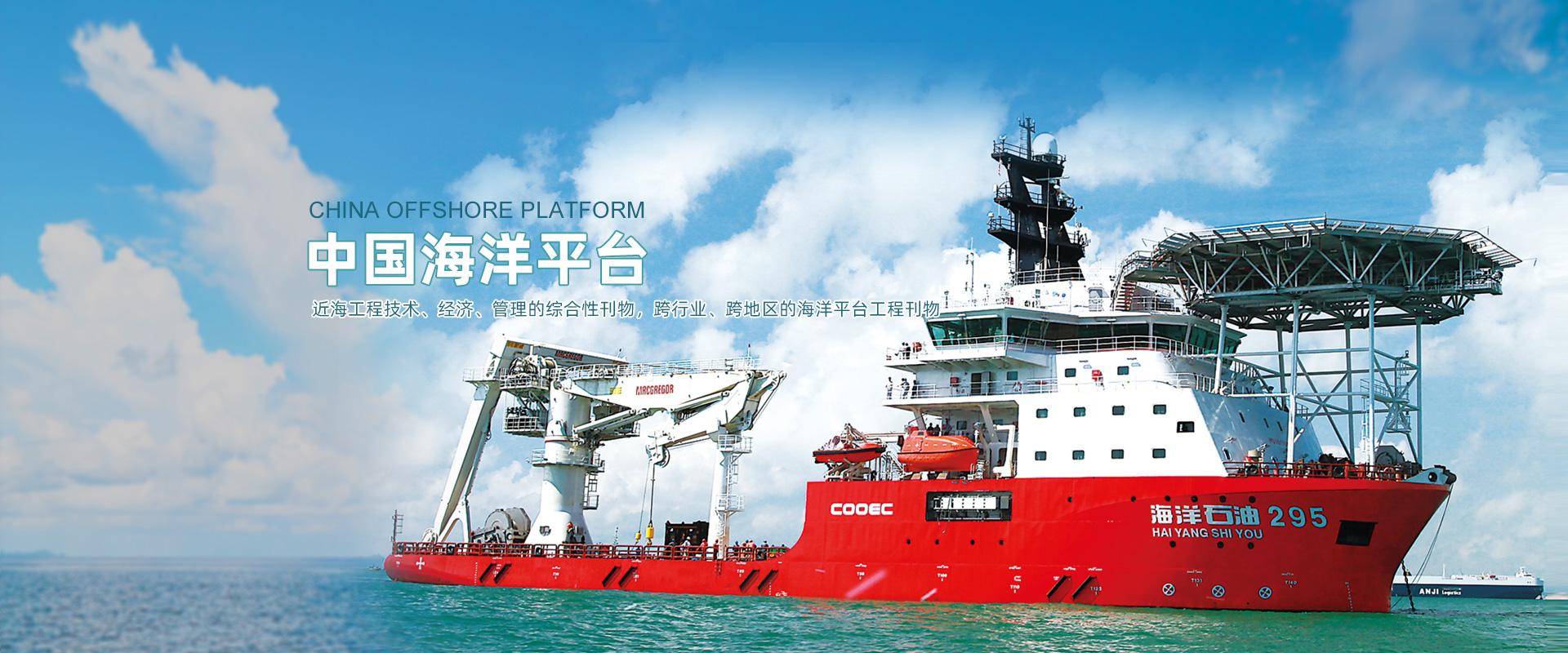Abstract:Marine growth increases the diameter and surface roughness of the legs of marine platforms and accelerates the corrosion rate of steel. By establishing numerical simulation models of spiral pile supporting structures before and after marine growth, this study analyzes the impact of marine growth on the dynamic characteristics of nearshore photovoltaic helical pile supporting structures, focusing on aspects such as the natural frequency of the structure, displacements at typical locations including the pile top and mud line, internal forces, and pile strength. The results indicate that marine growth will reduce the structure's natural frequency to some extent. As the thickness of marine growth increases, under severe sea conditions, the horizontal displacements at the pile top and mud line of heavily fouled helical piles increase by approximately three times under wind, wave, and current loads. Concurrently, the shear forces and bending moments in the cross-section also increase. After considering the effects of corrosion, the shear and bending moments at the mud line decrease. Under severe marine growth and corrosion conditions, the stress in the pile shaft increases by about 2.4 times.
